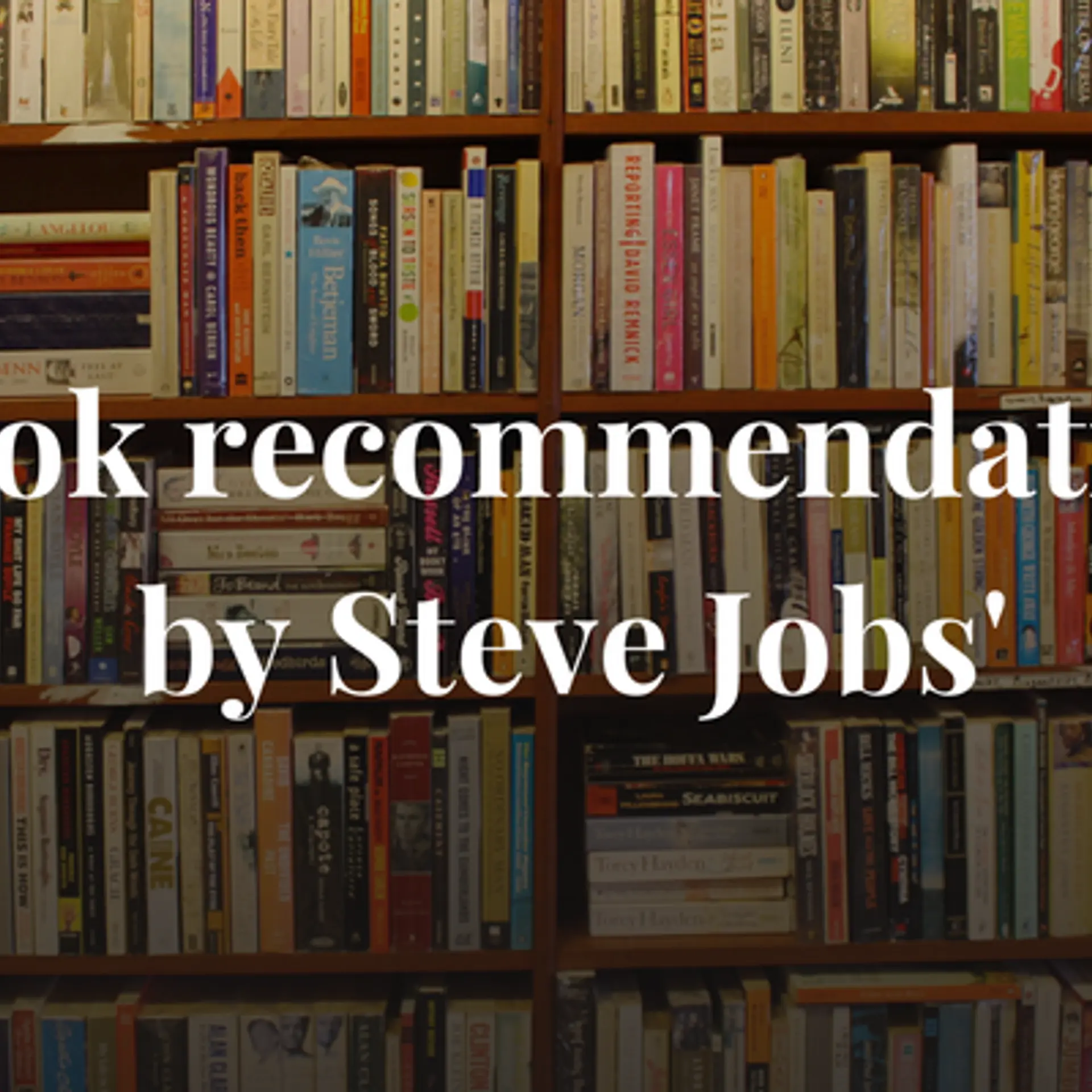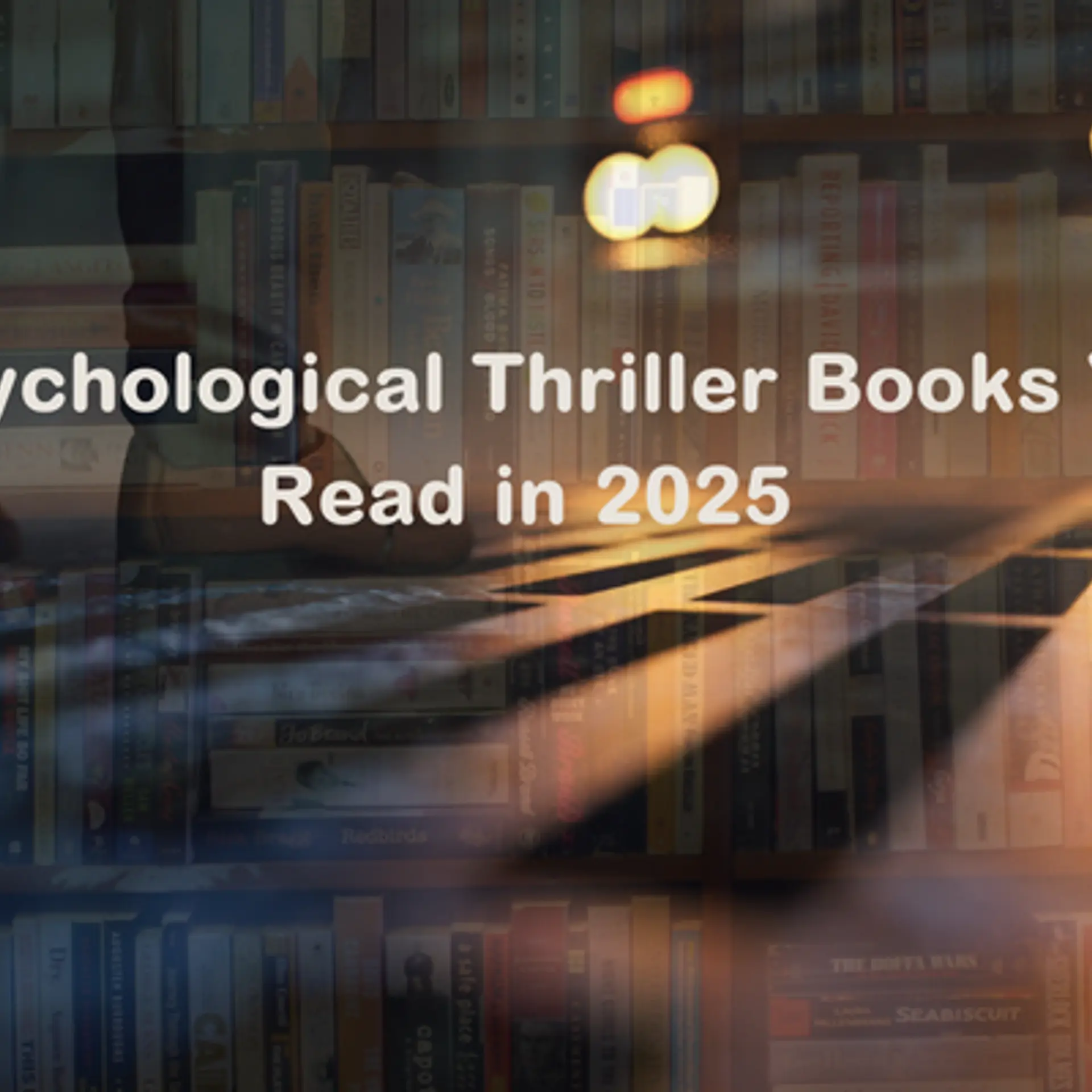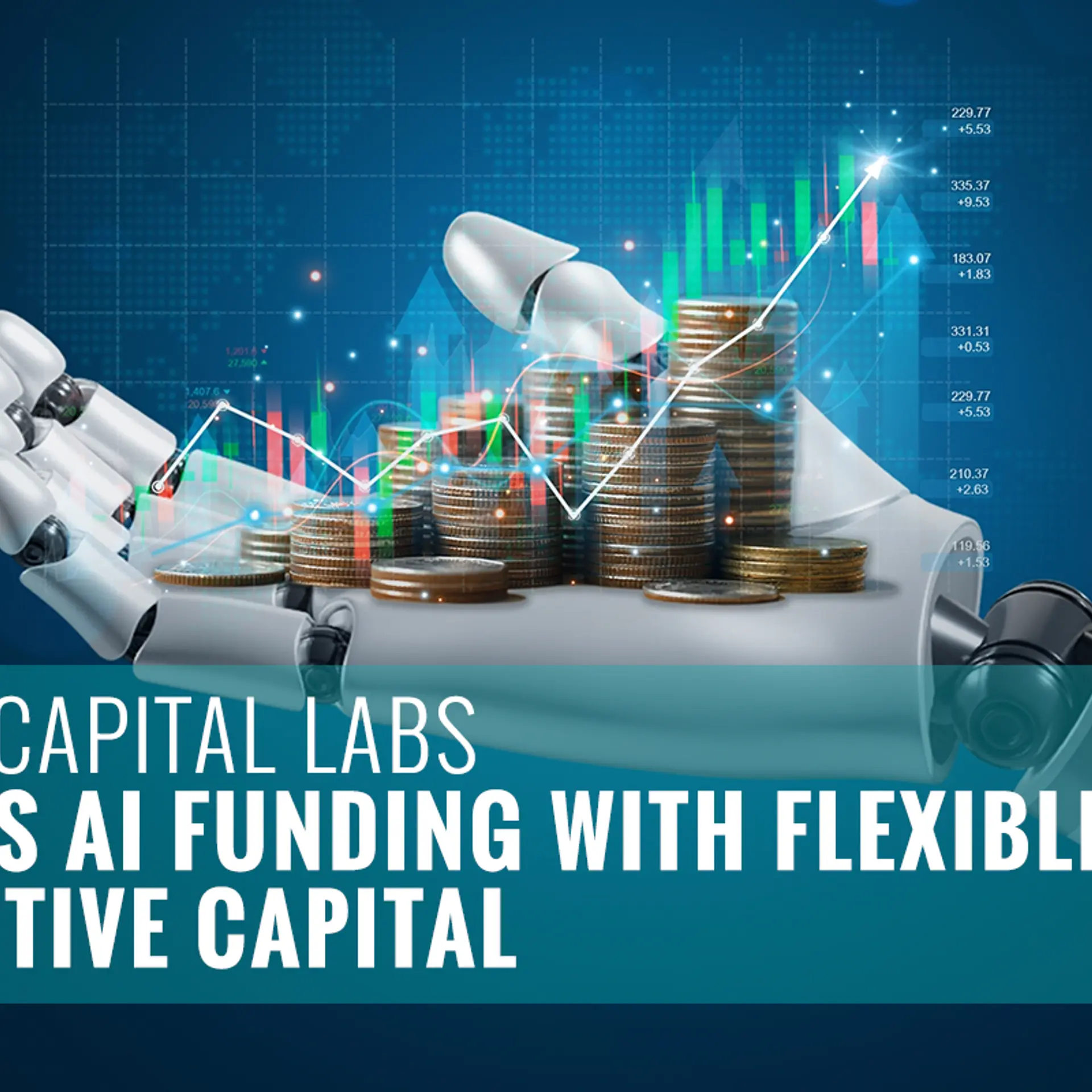Why anchoring should be your go-to storytelling tool for presentations
When most people look at data, they see letters and numbers they don't understand. And this isn't entirely their fault. If data is presented in a raw format, most people won't be able to make head or tail of it. If you want to win over clients and stakeholders, you need to present the data in the form of a story. Finding the right story can make all the difference because stories are powerful tools you can use to articulate your pitch. However, the difficult part is uncovering the story buried in all the details and then making it stick.

Image : shutterstock
The most reliable method to make a story stick in the minds of your clients and stakeholders is to link it to an existing anchor in their brains. When you receive information just through texts and bullet points, only the language processing centres of your brain get activated. Often, when information is processed in a manner such as this, you aren't able to relate it to something you've already experienced or known. When this happens, you tend to forget the information after a short while.
On the other hand, when you hear something that reminds you of some other memory or sensory experience that you've had, you are bound to remember it more easily. The memory will stick with you for longer because it has an existing anchor in your brain. To put it simply, the more anchors a piece of information has, the more likely it is to be remembered. You can use something salient in pop culture or events to have some fun with your presentations.
By framing your work in the context of an existing story, you not only push yourself to get at the heart of your work but also anchor new information to something that your audience is already familiar with. Current events are a perfect example of making otherwise dry data more palatable, and subsequently, more memorable. Using events that others can connect with and relate to can help you tell the story of your work in a way that is approachable and unforgettable.
Instead of simply using a funny GIF on your slide, use characters that evoke emotion and empathy. Strip out unnecessary details from your story and have coherence between the past, present, and future. Our brains are great time travellers, easily floating from past events into a projected future universe. By tapping into that natural ability, you can solidify the importance of the current moment. When you make use of a simple storyline, you can evoke an emotional response from your clients and stakeholders, and you can paint a believable vision for the future of the brand.
For example, if your team has been doing a lot of under-the-surface work that is yet to bear results and you need to make a presentation of the work done in the past couple of months, you can resort to a current event like the Olympics to showcase it. Just as athletes put in years of work and dedication to compete just for a few minutes, you can show that your team is preparing in the same manner for a big upcoming project.
Try to use as many anchors as you can as they are powerful storytelling tools. But make sure you apply them wisely so you don't overuse them and lose the point you're trying to make.







